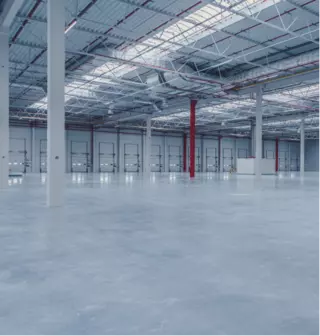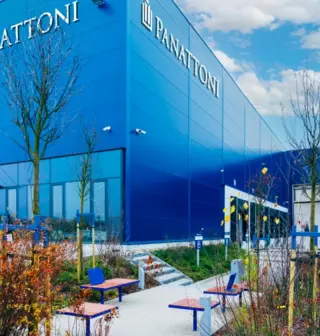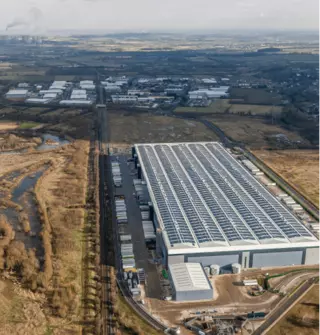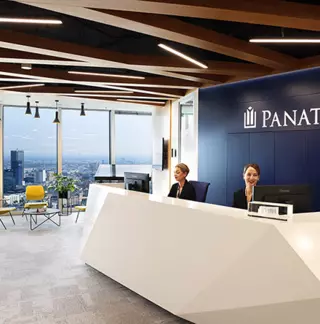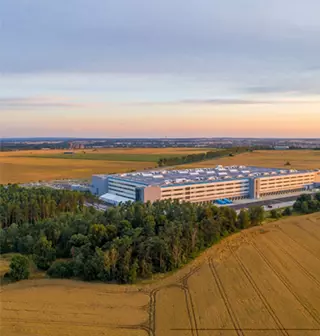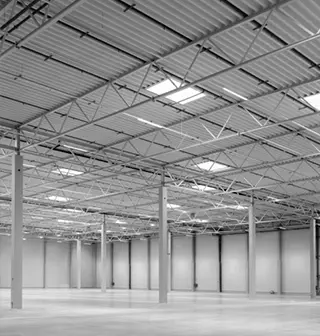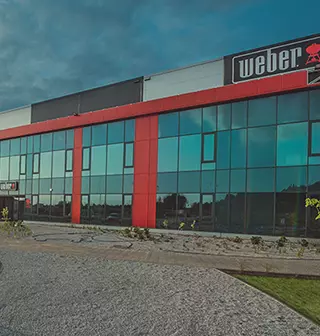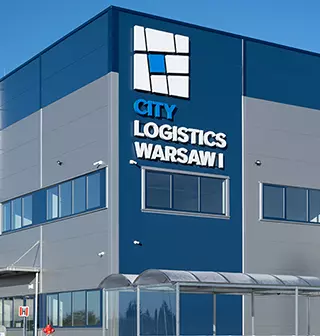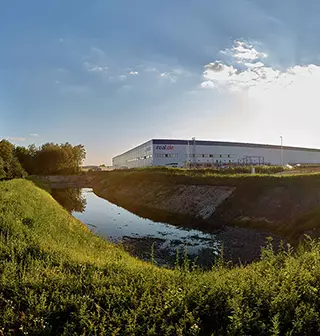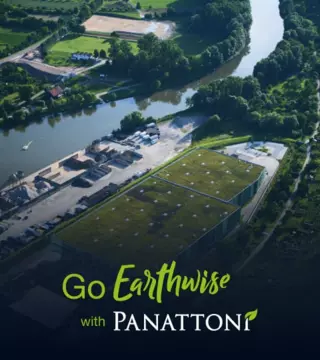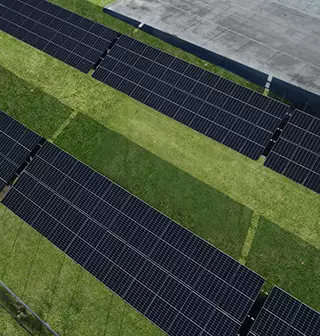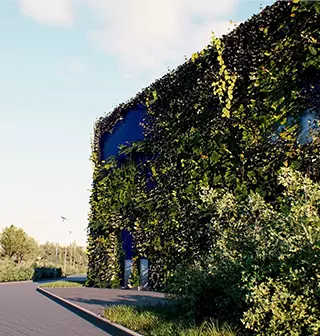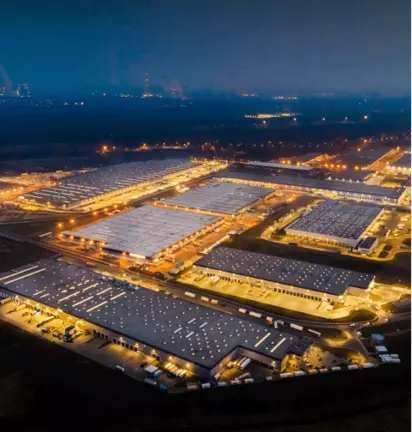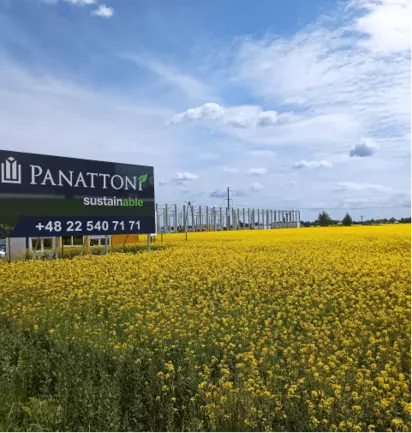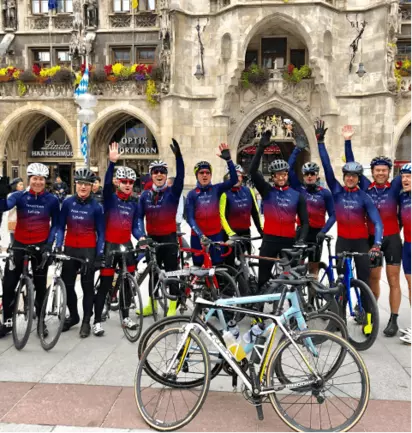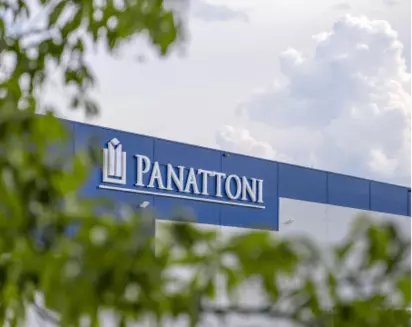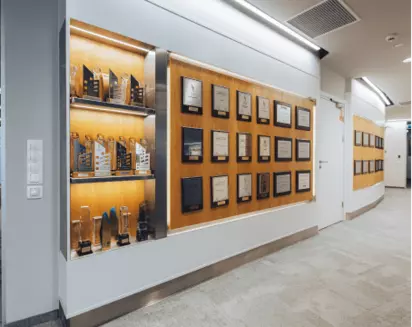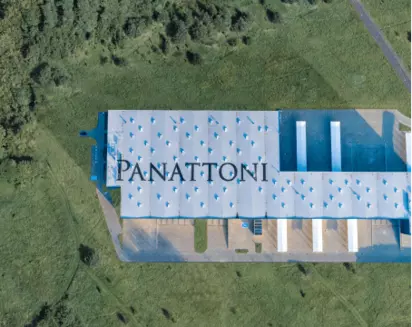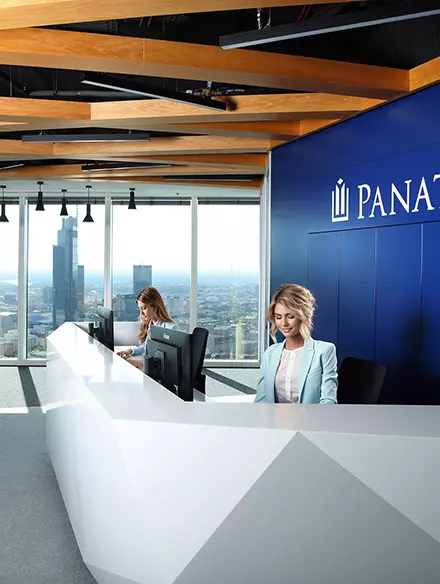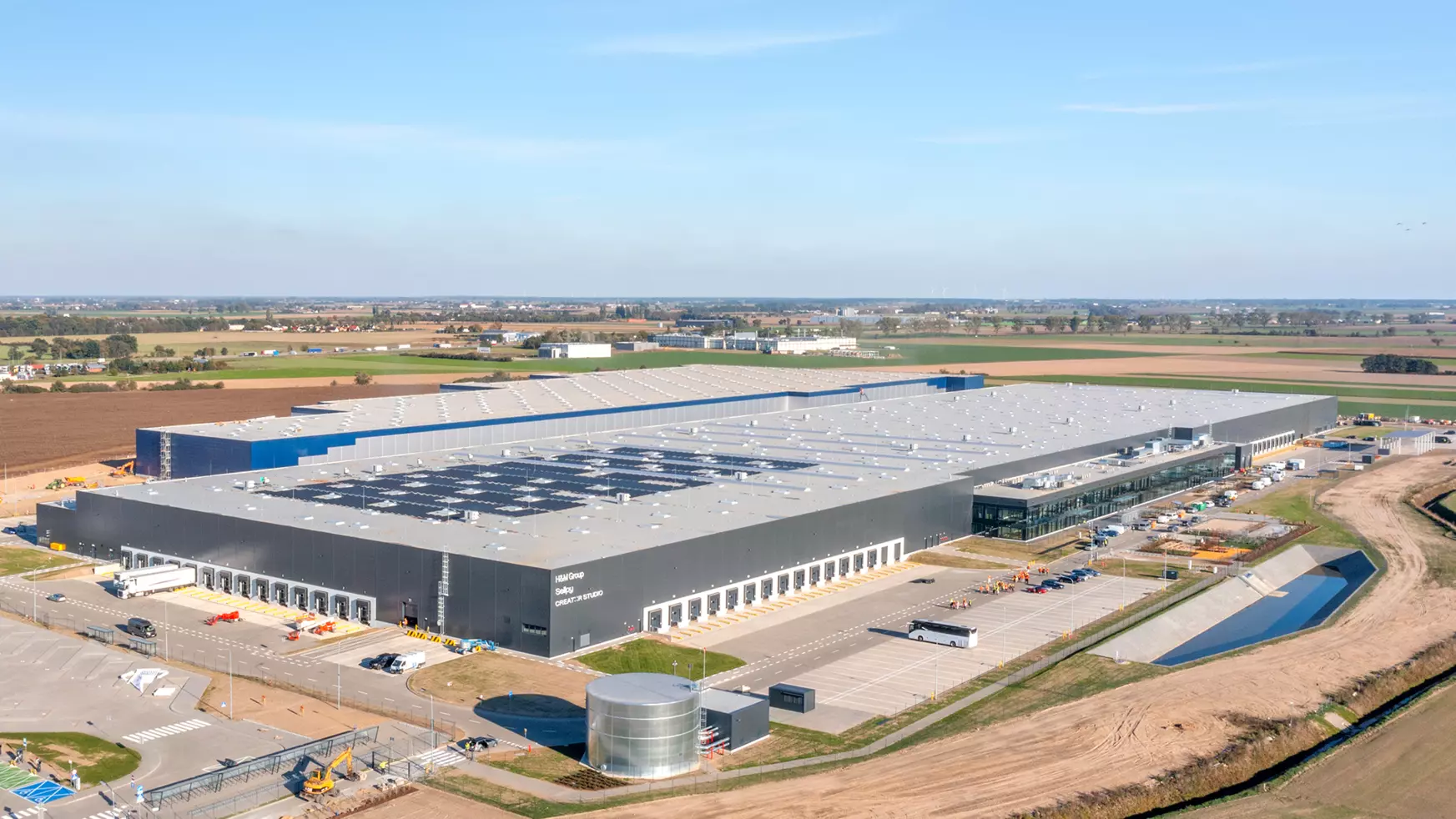
Panattoni, the world’s most active industrial real estate developer, has been awarded another BREEAM certificate with a rating of Outstanding for Panattoni Park Poznań A2 (building B). The building was constructed for H&M without the use of PCVs. This is the developer’s third project in Poland and its eighth in Europe to be awarded the highest BREEAM rating thus joining a select few centres that have been ranked so highly. Panattoni has further centres with a combined area of 460,000 sqm that are already under assessment for a similarly high certification rating.
The latest BREEAM Outstanding certificate has been awarded to building B in Panattoni Park Poznań A2 in Robakowo just outside Poznań constructed for clothing giant H&M. The 82,000 sqm centre was constructed without the use of PCVs. Its use of primary energy was reduced by 27% in comparison to national requirements and its water usage was limited to 70% of the base model. Over 95% of construction waste was recovered or recycled and this allowed for the pollution generated by the building over its entire life cycle to be significantly reduced.
“We are proud that Panattoni Park Poznań A2 has joined our projects with the highest BREEAM certification rating of Outstanding. This is a confirmation of our commitment to building a future where sustainable construction and ecological innovation become the norm to the benefit of clients, investors and society at large,” says Marek Dobrzycki, Managing Director at Panattoni.
Energy efficiency is key. Building B in Panattoni Park Poznań A2 scored the maximum number of points for energy efficiency. It is equipped with a 700 kWp photovoltaic installation that significantly reduces the building’s dependence on conventional sources of energy, reduces its CO2 emissions and lowers its operating costs. The building’s energy efficiency is further improved by a highly efficient integrated HVAC system, energy saving LED lighting with a DALI control system, heat recovery and also an intelligent building management system (BMS). As a result, use of primary energy has been reduced by over 27% in relation to national requirements.
Not only is the building energy efficient but it has also been prepared for future climate change as well as for possible future changes to its usage. A Life Cycle Assessment (LCA) was carried out as well as a Life Cycle Cost (LCC) study. This allowed the building’s inherent carbon footprint to be reduced through such measures as carefully selecting building materials with low emission levels and with EPD environmental declarations. Over 95% of the construction waste was recycled or recovered.
Water usage was considerably improved. A rainwater collection system was created for watering the plants and flushing the toilets. A system to prevent uncontrolled leakages was installed and electronic valves and motion detectors were installed in the bathrooms. Together with the installation of water meters and watertight sanitary fittings, this has reduced water consumption by 70% in comparison to the base model. The development’s impact on local water resources is further reduced by a drinking water station and the on-site biological treatment of wastewater.
Well-being and biodiversity. Not only does the project stand out with its advanced technology to limit the use of energy and water but also with the care that has been taken for the well-being of the individual. The centre provides excellent working conditions with the high quality of its indoor air, the large use of glazing in the office section to maximise access to natural light and above all with its many recreational and rest areas. These include a gym, an external terrace, a basketball court, a bowling lane and a canteen. Facilities for cyclists have been prepared including a shelter for bicycles, showers and changing rooms. A total of 22 parking space have been equipped with electric vehicle charging stations and a special bus service is provided for workers.
Care has been taken with the natural environment. In collaboration with a qualified ecologist, over 500 trees and 1,000 bushes were planted that are resilient to weather conditions and easy to maintain. In this way, the local ecosystem was enriched, and a valuable habitat was created for local fauna and flora.
“It is with developments such as Panattoni Park Poznań A2 that we are setting new standards for the industrial real estate industry, and we are making yet another meaningful stride on the road to European climate neutrality by 2050. This is all the more important with the European Commission’s latest target to have already reduced harmful emissions by 90% in comparison to 1990 by 2040. I want to thank the assessors from PM Services for supporting us in this,” says Emilia Dębowska, the Head of Sustainability Europe at Panattoni.
Prior to the certification of Panattoni Park Poznań A2, two other projects by the developer were awarded ratings of BREEAM Outstanding. The first was Panattoni Park Szczecin III (buildings A and B), which was also the first industrial real estate development in Poland to be awarded such a high ranking, and the second was Panattoni Park Konin, which received an assessment of 90% and remains the highest rated industrial building in Poland.
Panattoni is also the first developer to have included environmental assessment as part of its development standards and currently aims for a high rating of BREEAM Excellent. In Poland, over 9.5 mln sqm of developed land has been certified, which accounts for almost a third of the country’s entire stock while in Europe the figure is 14 mln sqm. A further 6 mln sqm remains in the process of being certified.
